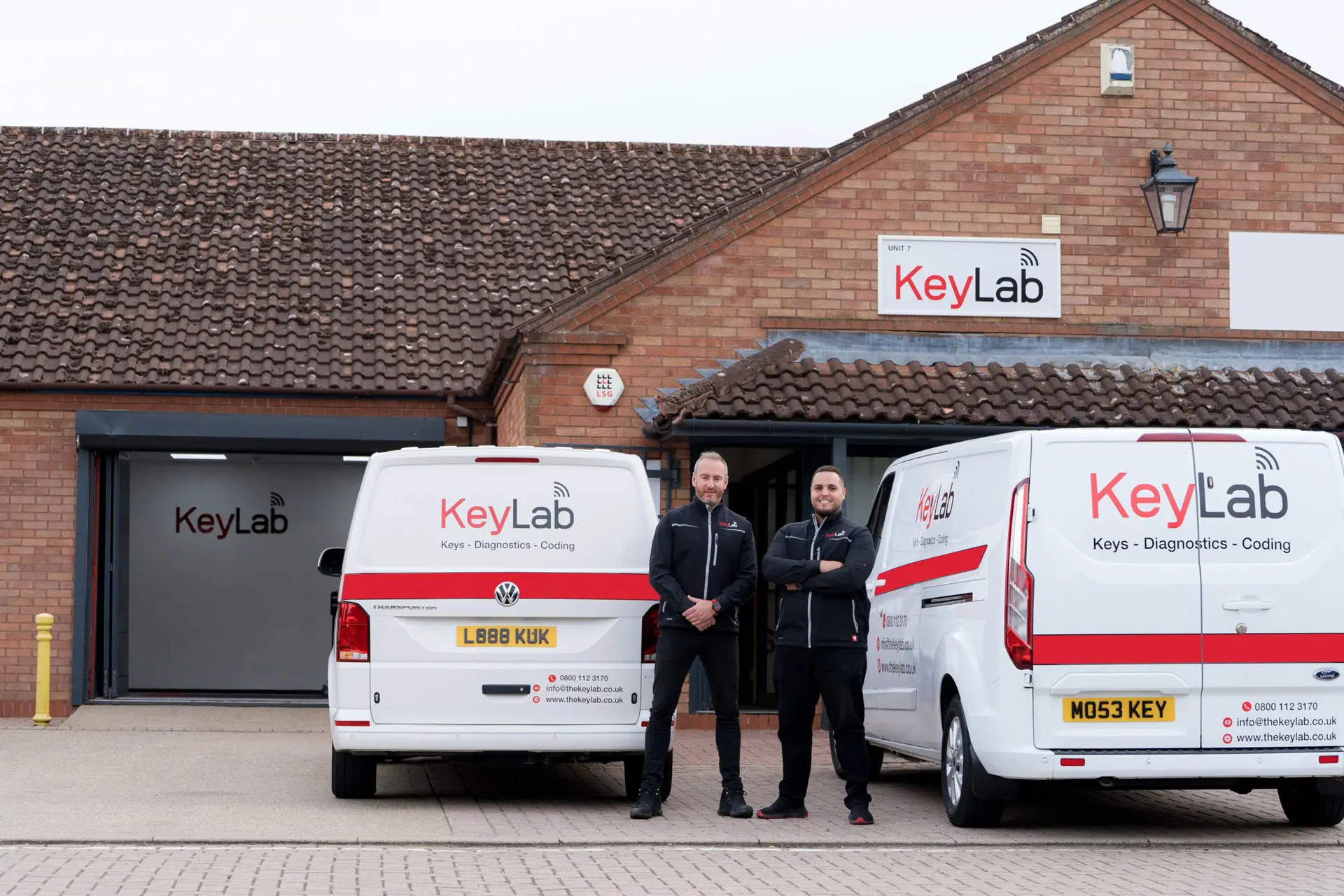20 Top Tweets Of All Time About Broken Key Repair
Broken Key Repair: Solutions for Common Lock Issues
Intro
Keys are vital tools in our lives, permitting us to protect our homes, lorries, and personal possessions. However, they can also break, resulting in frustrations and troubles. Understanding how to address broken key fob refurbishment is vital for anyone wishing to keep their locks and guarantee access to their residential or commercial property. This post covers numerous aspects of broken key repair, including common causes, repair approaches, and preventive measures to prevent future instances.
Common Causes of Broken Keys
Keys can break for a number of factors. Understanding these causes can assist in preventing future events:
- Wear and Tear: Over time, keys can wear down due to frequent use, leading to weakened shafts that are most likely to break.
- Poor Key Design: Keys that are badly created may lack structural stability, making them more vulnerable to breaking under stress.
- Inaccurate Key Usage: Using excessive force to turn a key, especially in a jammed lock, can easily lead to a damage.
- Environmental Factors: Extreme temperature levels or direct exposure to wetness can weaken metal keys, causing brittleness.
- Lock Malfunctions: A malfunctioning lock can place undue tension on a key, causing it to snap throughout operation.
Signs of a Broken Key
Determining a broken key often features apparent indications. Here are some indications:
- Partial insertion into the lock: If the key can not be completely inserted or eliminated.
- Sudden resistance: If the key feels stuck when being turned.
- Noticeable splits or fractures: Inspecting the key can reveal fractures or breaks in the metal.
- Insufficient engagement: The key might turn less than needed to actuate the lock.
Methods for Broken Key Repair
When faced with a broken key, there are several techniques to think about for repair. It is necessary to select the best one based upon your specific situation.
1. Get Rid Of the Broken Key
If a key breaks within a lock, the first action is to eliminate the broken part:
- Use tweezers or needle-nose pliers: If a piece is sticking out of the lock, gently pull it out.
- Insert a key extractor tool: This specialized tool can assist extract lodged parts better.
Tool
Best Used For
Tweezers
Shallow extraction
Key extractor tool
Deeply trapped key pieces
Lube spray
Easing extraction of stuck parts
2. Superglue Method
For circumstances where a key has partly broken but is intact enough to stay grasped, the superglue method might offer a temporary fix.
- Clean the broken surface areas thoroughly.
- Use a thin layer of superglue.
- Hold the pieces together for a couple of minutes until the glue sets.
Note: This technique is not an irreversible solution and needs to be utilized with care as the repair can easily stop working under functional stress.
3. Metal Epoxy
For a more robust repair, metal epoxy offers a stronger bond than superglue.
- Follow the guidelines on the epoxy product packaging for preparing the adhesive.
- Apply to the broken area and hold until set (generally a few hours).
4. Duplicate the Key
In instances where lock functionality is necessary, creating a duplicate key is often the best path:
- Visit a locksmith: Many locksmiths can reproduce keys quickly and efficiently.
- Use a key-tracing service: Some locksmith professionals use tracing approaches to cut a similar key based upon the residues.
5. Lock Replacement
When keys consistently break, it might be because of lock concerns rather than key integrity. In such cases:
- Consult a locksmith to assess the lock's condition.
- Think about changing the lock totally if considerable damage or wear is evident.
Avoiding Key Breakage
Preventing key damage is frequently better than repair. Here are some useful tips:
- Limit force on keys: Always turn keys carefully to prevent unnecessary tension.
- Routine key evaluation: Check for wear and replace keys revealing signs of damage.
- Utilize a keychain: Prevent extreme flexing by utilizing a sturdy keychain.
- Lubricate locks: Ensure locks run efficiently to decrease pressure on keys.
- Store keys correctly: Avoid putting type in environments that can cause rust or corrosion.
FAQs About Broken Key Repair
1. Can I repair a broken key myself?
Yes, you can attempt to repair a broken key yourself using techniques like the superglue or metal epoxy techniques. Nevertheless, these are momentary repairs, and it is advisable to speak with a professional locksmith for a more resilient option.
2. Is it worth repairing a broken key?
In some cases, particularly with sentimental or special keys, a repair might deserve it. For standard keys, duplication or replacement is usually more efficient and dependable.
3. How can I prevent my keys from breaking?
To prevent damage, make sure that keys are not subjected to excessive force, routinely inspect them for wear, and keep locks properly maintained.
4. When should I seek a locksmith's aid?
If you are unable to get rid of a broken key from a lock or if the lock malfunctions frequently, it's best to seek a locksmith's competence.
Broken keys can provide a considerable trouble, however they are manageable with the best method. By understanding the common causes and available repair techniques, individuals can react efficiently to key breakage. Drawing from preventive steps will likewise help maintain key stability and performance. Ultimately, a proactive approach to key and lock maintenance can substantially minimize the frequency of these frustrating concerns.
